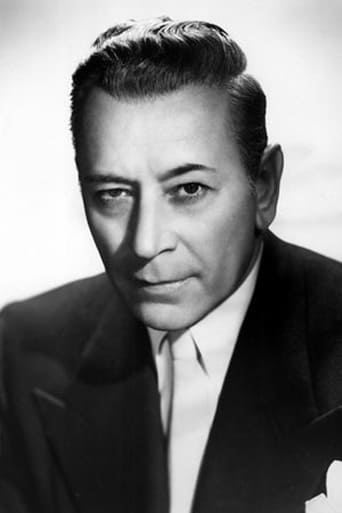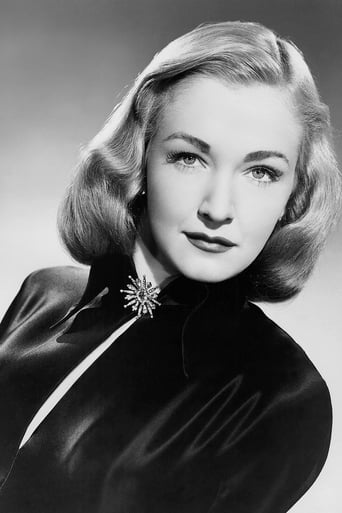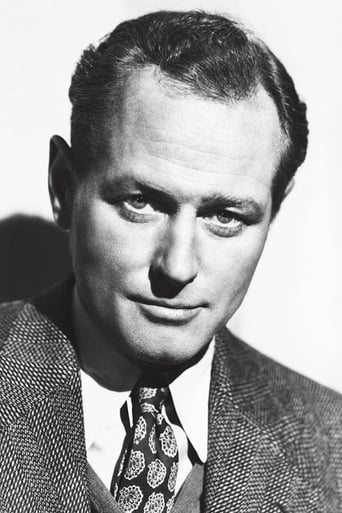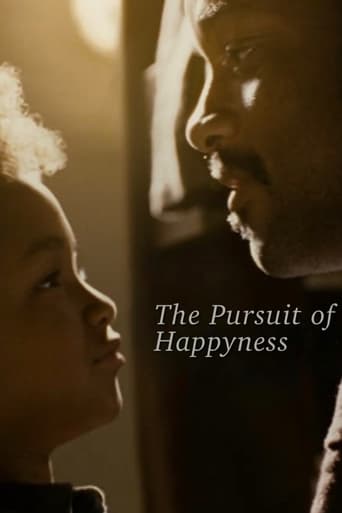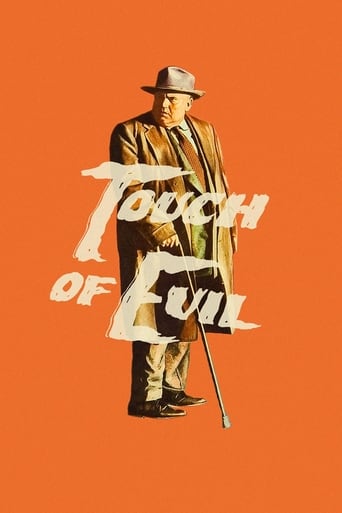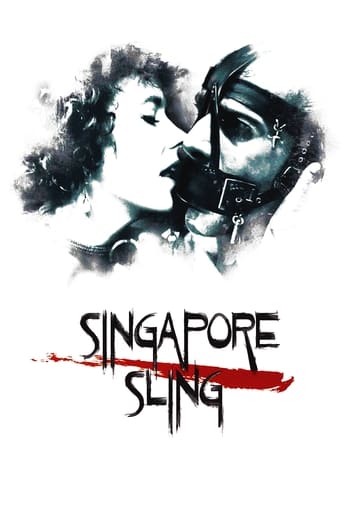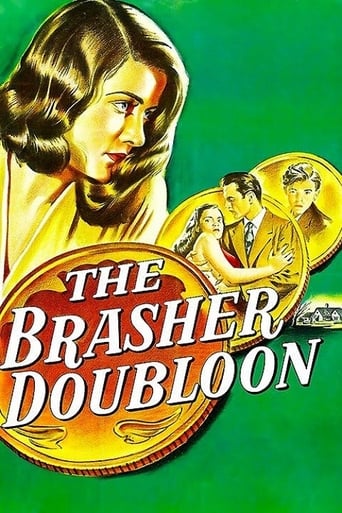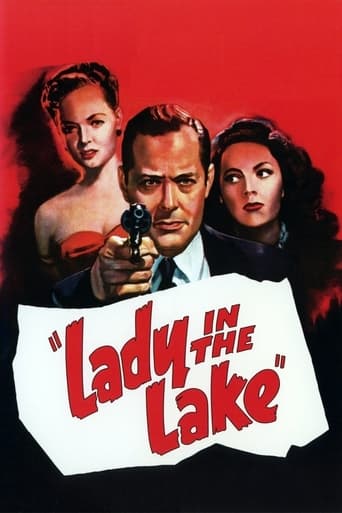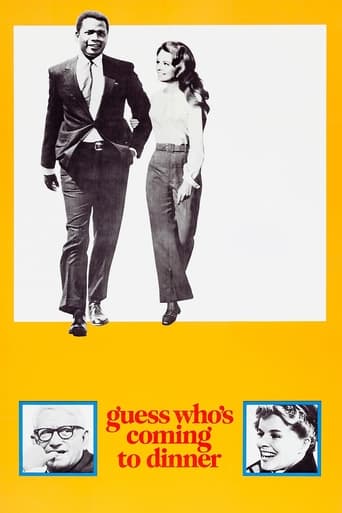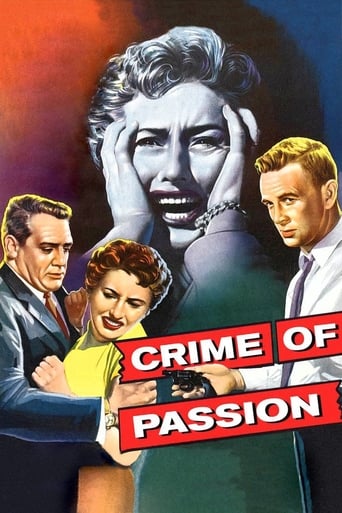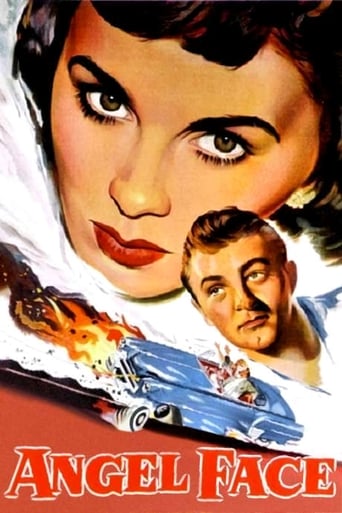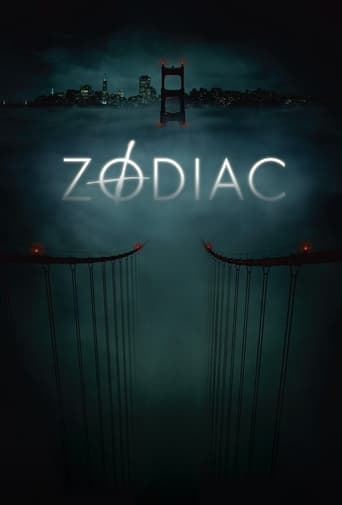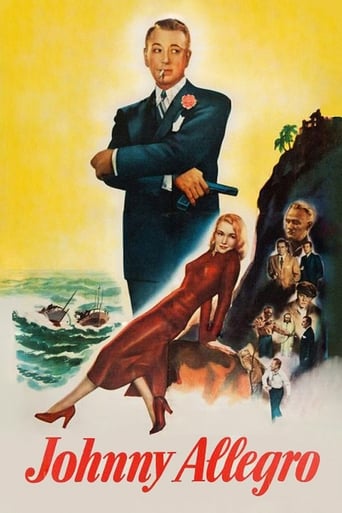

Johnny Allegro (1949)
Treasury Department officials recruit a florist (Raft) to lead them to a wanted criminal (Macready); but once he gets too close, he finds he's the hunted.
Watch Trailer
Cast


Similar titles
Reviews
Columbia was known for often having tighter budgets than the other major studios, but this is a worthy effort. One good point is that they use plenty of exteriors, especially with motor boats and on the mysterious island where most of the story takes place.Raft, Foch and Macready all are very good. The feeling of this movie is much like that of "Key Largo", which was around the same time.The pacing of the film is enjoyable, and there are no slow stretches. There is a lot of character development for viewers to appreciate. The villain of the story would be worthy of a James Bond movie! The front door to his mansion is the biggest front door I've ever seen, worthy of a castle. Take special notice of the villain's huge library room--it's a virtuoso display of imaginative and evocative set decoration. The designer had a lot of fun with that! The movie is a fine example of late 1940's film noir. Raft gives a thoughtful, understated performance. Foch is sultry. Well worth seeing.
A decade before TV brought us Johnny Staccato, Columbia Pictures presented Johnny Allegro, a florist with a concession in a fancy hotel who gets wrapped up in a police manhunt.We start with what appears to be a typical Hitchcock setup: an innocent man gets drawn into peril thanks to a leggy blonde. But is Allegro truly as innocent as he appears? Not in the eyes of "Schultzy" the cop (played convincingly by Will Geer, almost unrecognizable to those of us who only remember him as "Grandpa Walton").So now we have a new plot developing: a crook infiltrating another crook's operation in order to clear his name with the police. He ends up in a swanky manor on a secluded Florida island, trying to track down some counterfeit money that could ruin the US economy.And finally, we end up with a finale that steals a page or two from "The Most Dangerous Game," as Raft is hunted across the island by a foe with a bow.In my opinion, Raft was too old for this role, and not terribly convincing as an action figure. The plot seems like a jigsaw puzzle made from three different boxes that don't quite match, and there's nothing outstanding about the visual aspect of the picture. It's got some good moments (mostly thanks to Geer and Foch) but overall it's not satisfying. More like Johnny Andante, not quite up to speed.
While Raft never does any role is any way but very straight forward, the image of the hero is just too starched. Raft ends up on a tropical island without a change of clothes yet in the succeeding days he always appears in the same suit and tie, often with a hat, always perfect. He runs through the steaming jungle and never appears sweaty - what a hero! It is these kinds of conceits that seemed so cool now make these B thrillers just silly. The mastermind, George MacCready, with his smooth evil voice was the real star; the unlikely use of a bow and arrow as his offensive weapon of choice, along with the ease with which this slightly built man drew back the nominally 70 lb bow, made everything fun. No this things don't have to make sense, but they were enjoyable and exciting when the world was simpler and young.
George Raft made a conscious decision to play ethical central characters--tough on his pocketbook, perhaps, but doing what was necessary. He turned down parts that others made successful in the popular sense; but "Johnny Allegro" was worth making, as "High Sierra" was not, not as "fiction". And this was a man who had scene first hand the negative influence gangsters could have on lives. In this case, Raft agreed to play a character well within his somewhat-limited range. Johnny Allegro is no saint, no genius. But he is a man willing to do the right thing to square himself with the law, and help the police investigate an "untouchable", a Mr. Big brilliant played by George Macready. Ted Tetzlaff directed this interesting mission film, with his usual skill, from a script by Karen de Wolf, Gene Endore and James Edward Grant. The idea is that Macready smuggles men to a remote Caribbean island, men who need to escape the law, and they then serve his criminal organization loyally because they must. Johnny's police pals set him up as a man on the lam for having killed a policeman to make his escape, all faked; then he is able to join another escapee and find his way to the island through the villain's usual channels. Then he falls in love with someone Macready, the usual Renaissance man and intellectual villainized in US films--holds as his prize possession--lovely Nina Foch, his wife. Investigating the island to which he has been spirited, he finds a way to call in the cops and cover his actions. But then he and Foch must escape Macready and his bow and arrow--with which he kills the disloyal in his empire...The film is attractive in B/W but not stylish; yet the cast is above average. other players include Will Geer as Raft's boss who believes in him,, Thomas Browne Henry as his boss who does not, Gloria Henry, Ivan Triesault, Harry Antrim, Bill Phillips, and many others. George Duning wrote the fine music and Frank Tuttle did the elaborate set decorations. The other element in the film is the noir mission sense of being beyond help, and the growing romance between Raft and the brilliant Nina Foch, who for once is given a sympathetic part in a film. This is a well- paced, interesting and well-mounted "B" effort; and one that bears repeated watching for its mystery, its situation-derived characters and the under-theme of loyalty which is interestingly examined. Above average.


